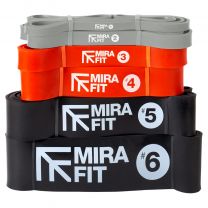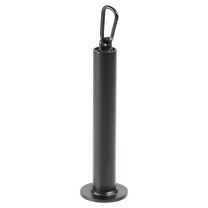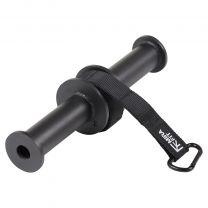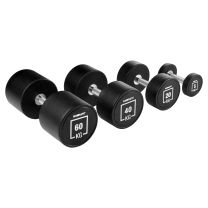Muscle Groups Explained
Muscle Groups Explained

Functionally, focusing on movements over muscles is often recommended, and rightly so. But don’t fall into the trap of only focusing on movements and missing out on the benefits of targeting specific muscles.
Muscle groups are often referred to based on whether they are anterior or posterior, which means the front side and the back side of your body. It is important to strengthen both your anterior and posterior muscles to reduce muscle imbalances.
To truly target a muscle, we need to know what the muscle does…
Anterior Muscles
Deltoids
The deltoid is made up of three muscles: anterior, lateral and posterior deltoids.
Key Function
The deltoid’s major function is to abduct the arm (move it out to the side away from the body). The anterior delts also assist in flexion of the arm and the posterior deltoids in extension of the arm.
Key Exercise
Use the Dumbbell lateral raise to train the deltoids key function.

Pectorals
The pectoralis major has two main origins, the clavicular head and the sternocostal head.
Key Function
The clavicular head pulls the arm forward and across the body and the sternocostal head works primarily when pulling something down to the floor form above.
Key Exercise
Use the dumbbell fly on a Weight Bench to train the key movement of the pectorals, alongside a more functional pressing movement like the barbell bench press.
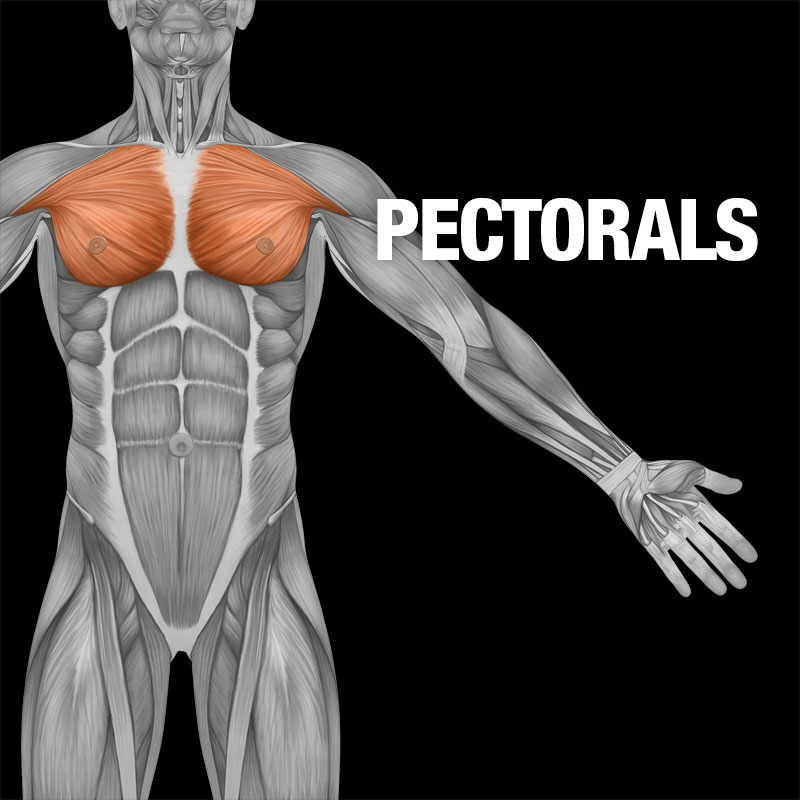
Biceps
The bicep brachii spans across three joints: the glenohumeral joint (the shoulder) and the two elbow joints.
Key Function
The main function of the bicep is to flex the forearm around the shoulder joint, but it also supinates the forearm and helps to flex the arm at the shoulder joint.
Key Exercise
Use the dumbbell bicep curl, starting in pronated position with your hands facing in to your side and finishing in a supinated position with your palms facing towards you, and the EZ bar front raise to train the three key functions of the bicep.

Anterior Forearm
The anterior forearm is made up of 8 muscles, split into the superficial layer, intermediate layer and the deep layer of muscles.
Key Function
The main function of the superficial layer is to flex, adduct and abduct the wrist, while the intermediate and deep layers are more concerned with flexion of the fingers and grip strength.
Key Exercise
Use dumbbell wrist curls and grip isometrics with a Plate Loaded Pin to strengthen these functions.

Obliques
The external and internal obliques run along the outside and inside of your rib cage, respectively, and the external obliques are often overlapped by the lats.
Key Function
Both the external and internal obliques work to compress the abdomen and work unilaterally to rotate and flex the trunk.
Key Exercise
Use the Resistance Band palloff press and the kettlebell side bend to train these key functions.

Abdominals
The abdominals, in this case, the rectus abdominis (the abs that are on show), runs from the pubic bone, all the way to the fifth, sixth and seventh costal cartilages of the ribs.
Key Function
The key action of the rectus abdominis is to flex the lumbar spine, pulling the ribcage down and stabilising the pelvis.
Key Exercise
To train this function, keep it simple with crunches, sit ups or deadbugs.
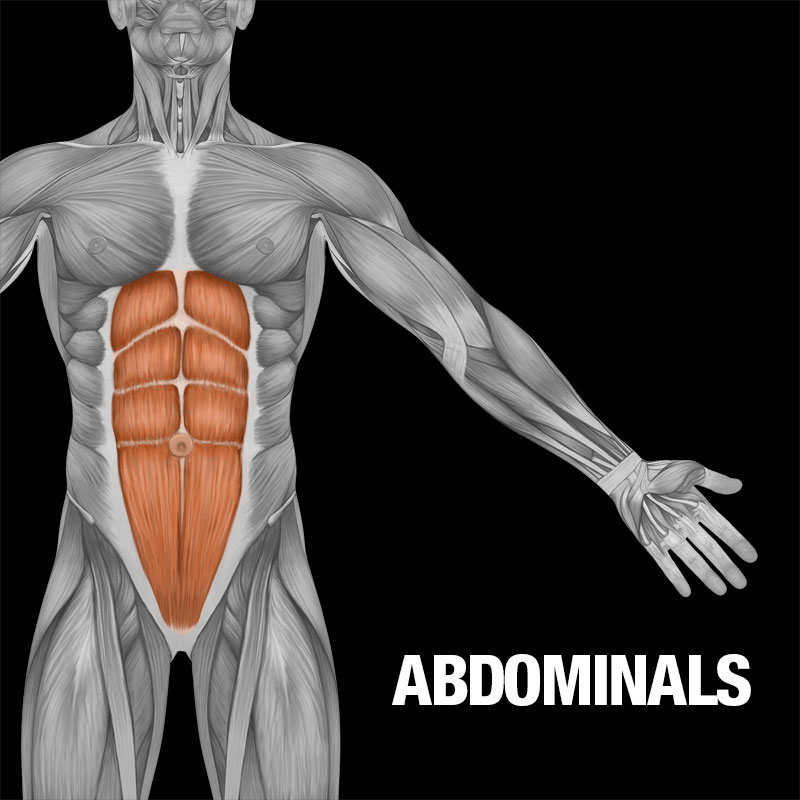
Adductors
The adductor is made up of three muscles, the adductor brevis, adductor longus and the largest of the three, the adductor magnus.
Key Function
The key functions of the adductor muscles are to adduct the thigh (pull it in towards your midline) and to internally rotate the hip joint.
Key Exercise
Key exercises to train these functions are side lunges, Copenhagen adductor planks and even the barbell back squat, which uses internal rotation and adductor torque to push a weight up.

Quadriceps
The quadriceps are made up of four muscles (hence the name): the rectus femoris, vastus lateralis, vastus medialis and the vastus intermedius (vasti group).
Key Function
The rectus femoris flexes the thigh at the hip joint and while the rectus femoris and the vasti group extend the leg at the knee joint.
Key Exercise
Use a safety bar step up and seated straight leg raise to train both these key functions of the quadriceps.

Posterior
Trapezius
The traps span across your thoracic spine, neck and shoulders, creating a trapezium shape, hence the name.
Key Function
The traps have many functions. They elevate the scapula, rotates the scapula when the arm is abducted above horizontal, retracts the scapula and depresses the scapula.
Key Exercise
Use the Barbell Military Press and Dumbbell Lu Raises to train these key functions of the trapezius.
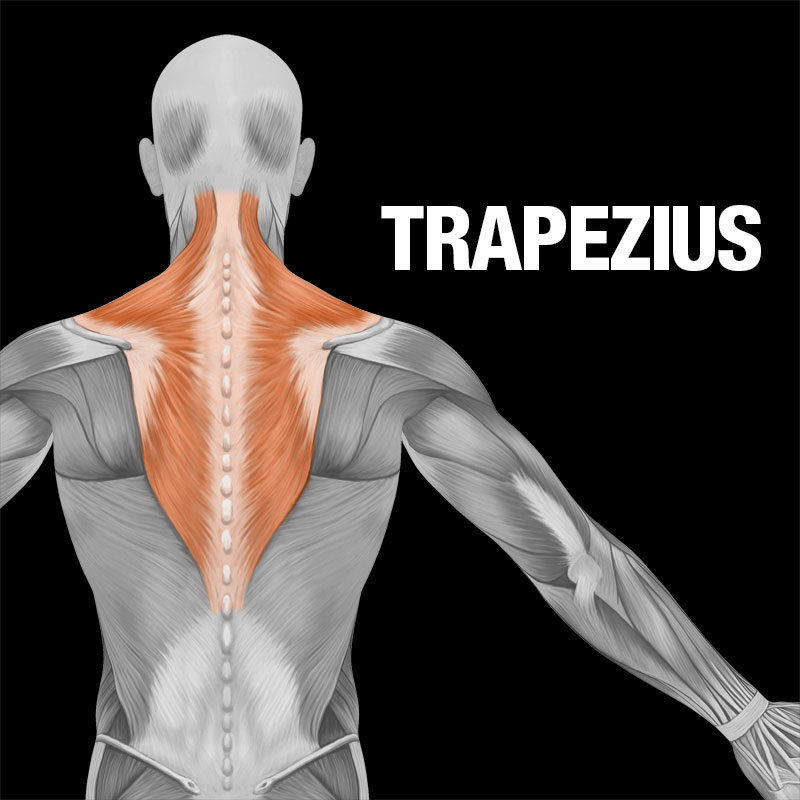
Triceps
The triceps are made up of three muscles, the long head, lateral head and the medial head that all insert at the forearm but originate at the scapula (long head) and the humerus (lateral and medial heads).
Key Function
The key function of the triceps is to extend the forearm at the elbow joint, but the long head also extends and adducts the arm as the shoulder joint.
Key Exercise
Use the tricep dip and EZ Bar skull crusher exercises to train these key functions of the triceps.
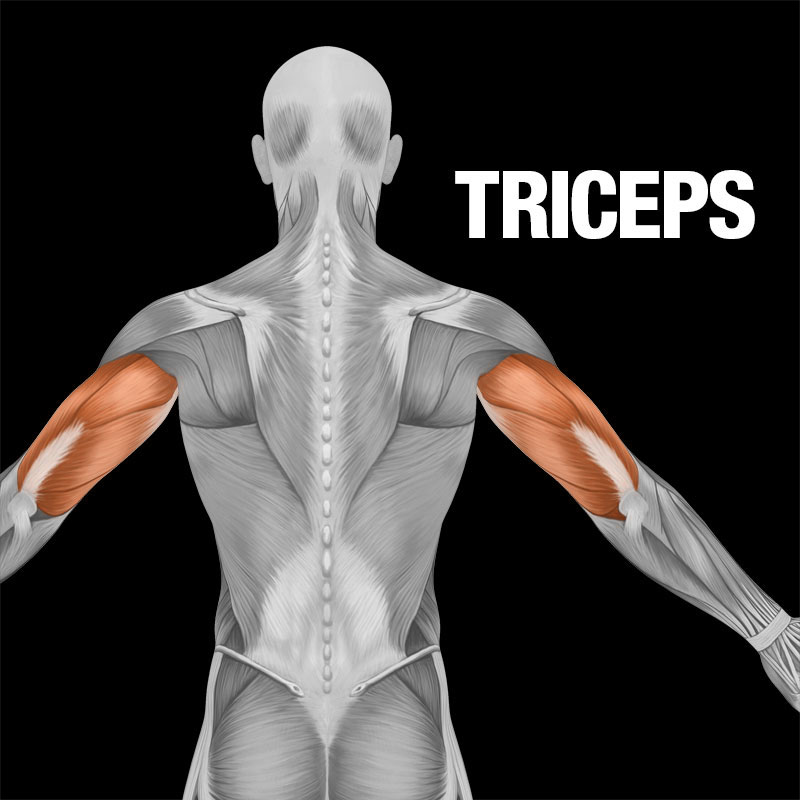
Posterior Forearm
The posterior forearm is made up of 12 muscles, split into a superficial layer, with the most well-known being the brachioradialis, and a deep layer.
Key Function
The main functions of the posterior forearm are to extend the wrist and fingers, aid in extension at the elbow and supernation of the wrist.
Key Exercise
Use a Wrist Roller and barbell curls with a supinated wrist to train these key functions.

Latissimus Dorsi
The lats are a huge sheet of muscle that originate at the lower six vertebrae of the thoracic spine and the lumbar vertebrae.
Key Function
The key functions of the lats are to adduct, internally rotate and extend the arm at the glenohumeral joint (shoulder joint); it pulls the arms and shoulders back and down.
Key Exercise
Use the classic pull up and banded pull downs to train these key functions of the latissimus dorsi.

Gluteals
The gluteus maximus is the heaviest and most densely fibered muscle in the body and the strongest muscle in the lower body, making it essential for athletic performance.
Key Function
The key function of the gluteus maximus is to extend an already flexed upper leg around the hip joint. It also works to externally rotate and abduct the thigh.
Key Exercise
Use barbell step ups, back squats and banded clam shell isometric holds to train these key functions of the gluteus maximus.

Hamstrings
The hamstrings are made up of three muscles: the semimembranosus, semitendinosus and the bicep femoris. The hamstring is biarticular, in that it spans across both the hip and the knee joints and strength in this muscle is essential for athletes.
Key Function
The two key functions of the hamstrings are to flex the leg around the knee and to extend the thigh at the hip.
Key Exercise
Use the Trap Bar Romanian Deadlift and the Core Exercise Slider Hamstring Curls to train these two key functions.
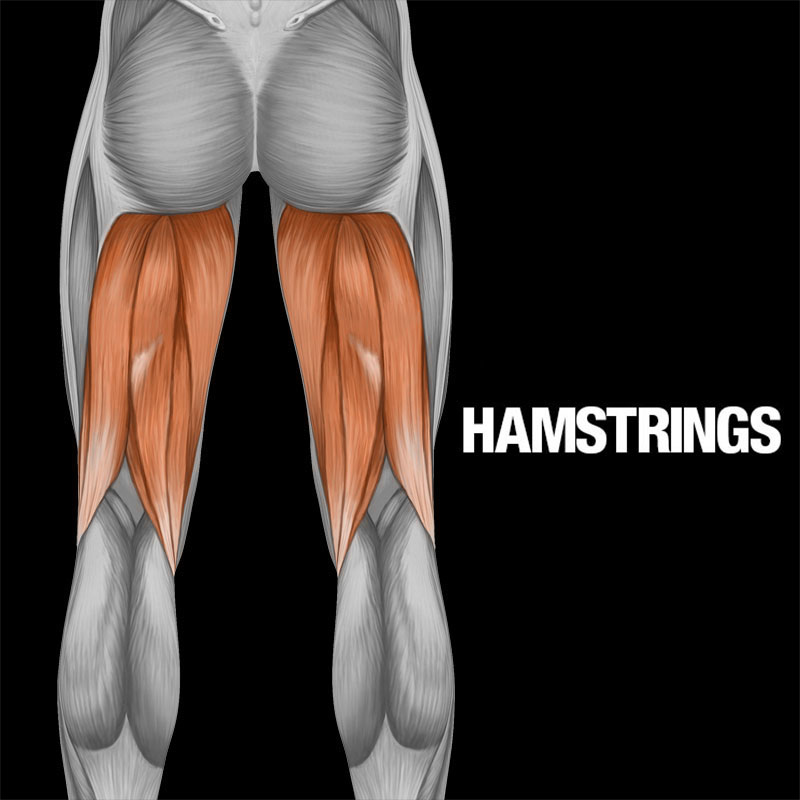
Calves
The calf muscle (gastrocnemius) is the large muscle that attaches to the powerful Achilles tendon, responsible for explosive bouncy movements.
Key Function
The key functions of the gastrocnemius are to plantarflex the foot and flex the knee and are mainly used to propel the body in movements like running, walking and jumping.
Key Exercise
Use the Goblet Calf Raise and the Box Jump to improve the strength and power in the gastrocnemius and improve this propulsion.

Save and share this article to train with more purpose in the gym, getting the most out of each muscle group!
Written by guest author Ewan Hammond.
For more content, follow us on Instagram, YouTube, TikTok, and on our official Mirafit Facebook page.
Enter your email to signup to our newsletter
Tags: Equipment > Bars & Weight Plates ; Equipment > Dumbbells ; Equipment > Resistance Bands ; Misc > Lifestyle

